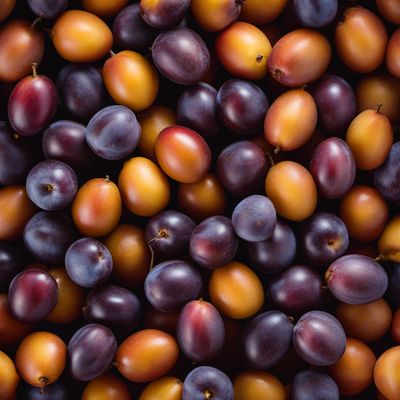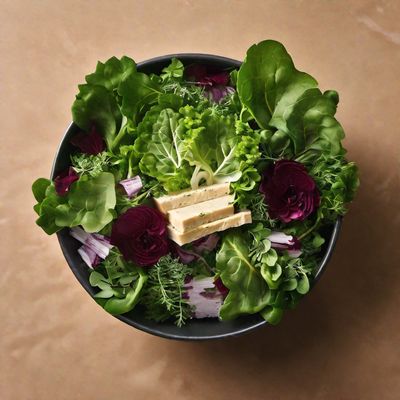
Ingredient
Water berries
"The Refreshing Gems: Exploring the World of Water Berries"
Water berries, also known as watermelon berries or waterberries, are small, round fruits with a vibrant red color and a juicy, watery texture. They have a sweet and slightly tart taste, reminiscent of watermelon, with a hint of berry flavor. The berries are about the size of a cherry and have a thin, delicate skin. When bitten into, they release a burst of refreshing juice, making them a delightful treat on a hot summer day. Their appearance and texture make them a visually appealing addition to various dishes and desserts.
Origins and history
Water berries are native to the rainforests of Central and South America. They have a long history of traditional use by indigenous communities in these regions. The berries were traditionally consumed for their thirst-quenching properties and as a natural remedy for various ailments. In recent years, water berries have gained popularity in the culinary world for their unique flavor and versatility.
Nutritional information
Water berries are low in calories and fat, making them a healthy choice for those watching their weight. They are a good source of vitamin C, providing a boost to the immune system. Additionally, they contain antioxidants that help protect the body against free radicals.
Allergens
There are no known allergens associated with water berries.
How to select
When selecting water berries, look for fruits that are firm and plump, with a vibrant red color. Avoid berries that are overly soft or have blemishes. The skin should be smooth and free from wrinkles. It is also important to choose berries that have a fresh, sweet aroma.
Storage recommendations
To maintain the freshness and quality of water berries, store them in the refrigerator. Place them in a breathable container or a perforated plastic bag to prevent moisture buildup. It is best to consume them within a few days of purchase for optimal flavor and texture.
How to produce
Water berries are typically grown in tropical or subtropical regions. They require warm temperatures and ample sunlight to thrive. While they can be challenging to grow in certain climates, amateur gardeners can try growing them in containers or greenhouse environments. It is recommended to start with seeds or seedlings from a reputable source and provide them with well-draining soil and regular watering.
Preparation tips
Water berries can be enjoyed fresh as a snack or incorporated into various dishes. They can be added to fruit salads, smoothies, or used as a topping for desserts like ice cream or yogurt. They can also be used to infuse water or create refreshing summer beverages. To enhance their flavor, consider pairing them with ingredients like mint or citrus fruits.
Culinary uses
Water berries are commonly used in fruit salads, desserts, and beverages. They add a burst of refreshing flavor and a pop of color to dishes. They can also be used as a garnish for cocktails or mocktails.
Availability
Water berries are commonly available in tropical and subtropical regions, including parts of Central and South America.
More ingredients from this category » Browse all

Acerolas
Vibrant Superfood Berries

Camu camus
The Mighty Camu Camu

Sea grapes
The Ocean's Delicacy: Sea Grapes

Surinam cherries
Exotic Tangy Gems

Jambuls
The Purple Powerhouse: Unveiling the Secrets of Jambuls

Water apples
The Refreshing Delight: Exploring the World of Water Apples

Grumichamas
The Exotic Brazilian Berry

Carandas
The Tangy Jewel of the Tropics

Otaheite gooseberries
The Tropical Delight: Otaheite Gooseberries

Arbutus berries
The Scarlet Gems of the Forest

Java apples
The Tropical Crunch

Coco plums
The Tropical Delight


